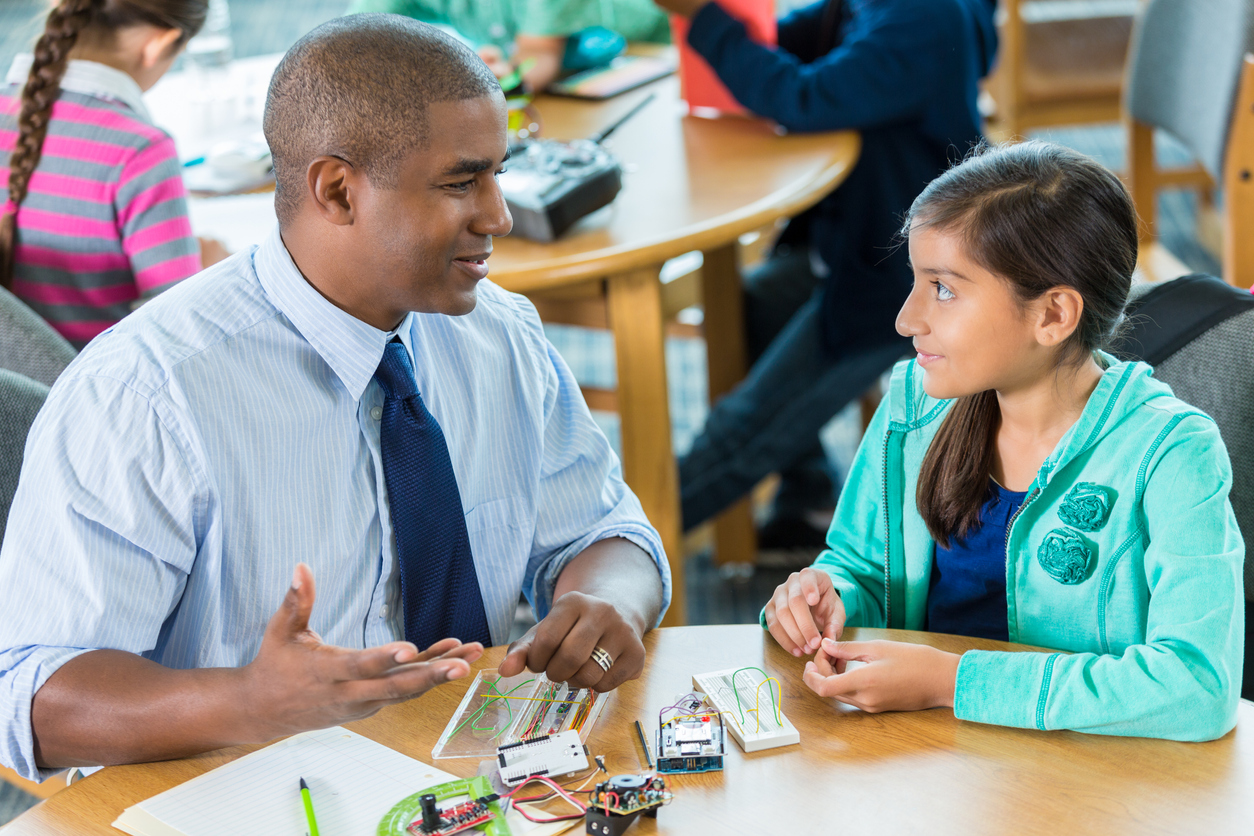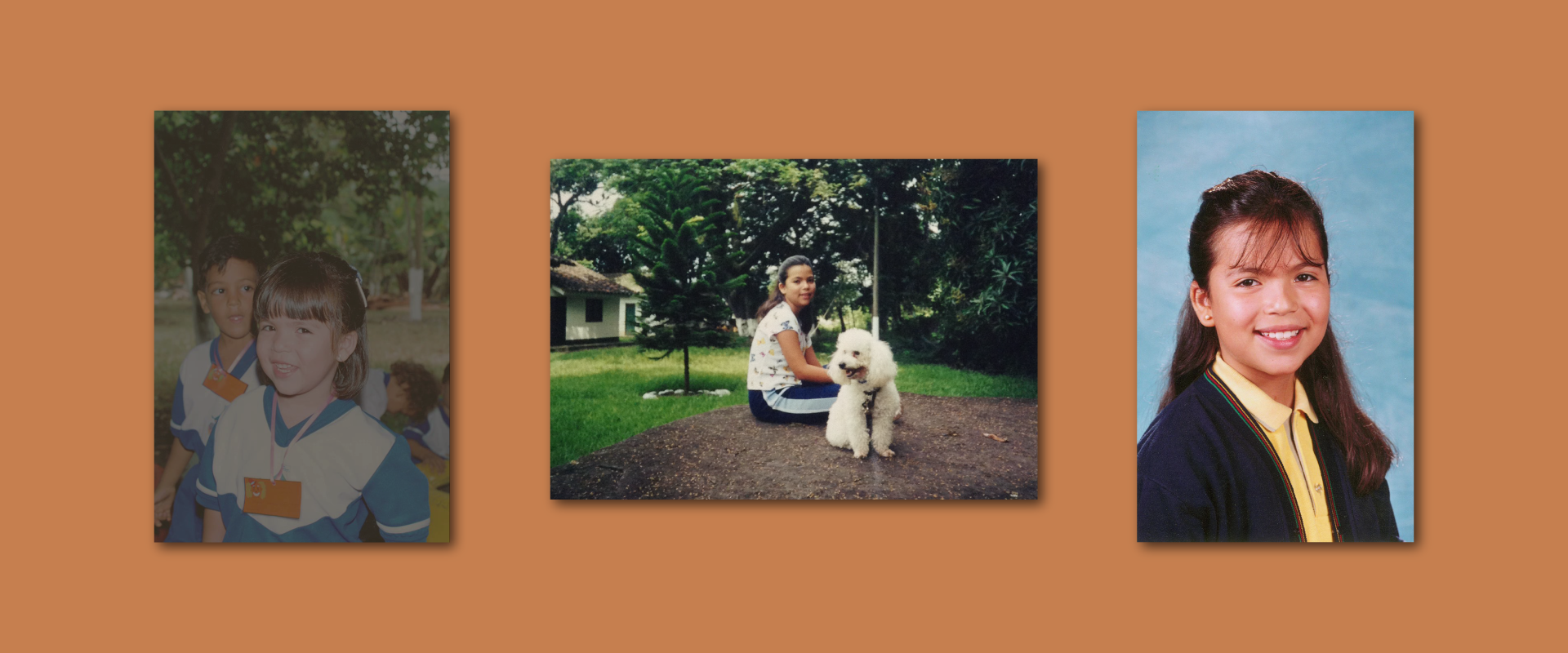How are Latino kids doing in California?
Para leer el blog en español, haga click aquí.
By: Maria Mejia, Coordinator, Communications and Outreach
Children Now® Insider: Stories, News, And Insights On Children’s Advocacy
For more information on our blog, contact Adrienne Bell at [email protected]
October 14, 2019

We’re nearing the end of Hispanic Heritage Month, which was established in 1968 by President Lyndon Johnson (and expanded in 1988 by President Ronald Reagan) to celebrate the histories, cultures and contributions of Americans whose ancestors came from Spain, Mexico, the Caribbean, and Central and South America.
In California, where 52 percent or 4.6 million kids identify as Latino or Hispanic, we have a lot to celebrate – bright spots related to diversity, education and health outcomes, and state policy milestones. At the same time, however, Latino kids are facing serious challenges due to federal immigration policies and the impacts they have on their families, as well as disproportionate rates of growing up in poverty.
In honor of Hispanic Heritage Month, let’s consider how Latino kids in California are doing, and what we can do to help them reach their full potential and thrive.
Diversity
As a Colombian-American, I’m deeply connected to my Latina heritage; it’s something that brings me great pride. I grew up in Cali, and lived there until I was 10, when my mom and I emigrated to the U.S to join my dad in California. The transition was a difficult one, and it took a while to adapt to my new life.
One of the things that I learned soon after moving to California was that a lot of people assumed all Spanish-speakers are from Mexico! The majority – 70 percent – of Latino children in the U.S do have family origins in Mexico, according to a 2014 ChildTrends’ report America’s Hispanic Children: Gaining Ground, Looking Forward. Yet, Latino children also have family origins in Puerto Rico, the Caribbean, Central and South America, and Europe.
The Latino community may share some similarities in language, but every country is unique, and has its own history, culture and traditions, which deserve to be recognized and celebrated. As a new immigrant, I found myself teaching my classmates all about Colombia – from where it was on the map, to what cities looked like, what we ate, and of course, how to spell it! At times I found this fun, introducing my friends to my culture and broadening their awareness, but it was also exhausting when I had to defend my home country against popular myths and stereotypes.
Health and Education
Latino children in California fare the same as or better than their peers on two specific health-related indicators, as highlighted in the 2018-19 California County Scorecard of Children’s Well-Being:
- 94 percent of Latino newborns were not low birthweight (on par with white newborns, and better than all other newborns); and
- 30 percent of low-income Latino children (birth to age five) had visited a dentist in the last year (far better than all other children, with the next closest racial/ethnic group at 23 percent).
When compared to other racial/ethnic groups, Latino families also tend to have high rates of breastfeeding, and low infant mortality.
As for education, 82 percent of English language learners in California speak Spanish, and the state is (at long last) making serious investments to ensure their success. This year, $10 million was secured in the state budget for the professional development for educators, so that they can learn how to best address the unique needs of students who are English learners.
When I moved to California, I already knew some English (because I had attended a bilingual school in Colombia), but I still struggled to understand what my teacher and classmates were saying. I began going to English as a Second Language (ESL) classes three times a week at school to practice my vocabulary and develop stronger speaking skills. However, none of my ESL teachers, or fellow classmates, for that matter, spoke Spanish and it took me six months to be fully integrated into my fifth-grade class. This was during a time when bilingual education was frowned upon in California. Thinking back, the transition would have been much easier – and I would have felt far less like a fish out of water – if I had been able to learn from a teacher who understood Latino culture and spoke Spanish. Navigating these two worlds – my Spanish-speaking one at home and my English-speaking one in school – made me feel like I as living two different lives, rather than embracing and combining the best parts of both.
In order for English learners like me, to participate meaningfully in school, feel confident and succeed, we need to be taught in a culturally-competent setting. We need educators who are equipped to address our individual needs and acknowledge our unique diversity. Bilingualism is a strength to be celebrated!
We must also ensure that the parents of bilingual students are supported, so that they can do their part to help their children academically. My dad used to work for the Los Angeles County Office of Education as an interpreter and translator, and would provide language services to the Latino parents of children with special needs, which was so critically important. Parents need to truly understand how their kids are doing, and they should never be left out of the conversation because of a language barrier.
Threats to Keeping Families Together and Accessing Critical Services
There are several federal policies threatening the health and well-being of Latino children in the U.S today – from the removal of DACA protections and the public charge rule change, to the ever-present fear of immigration raids and the resulting family separation.
Children thrive when they feel safe. Right now, there are children suffering because they’re constantly worried that their families may be separated, or that their parents will have been detained while they are at school. Children whose parents are deported face hardships that are long-lasting, from reduced school achievement, to greater difficulty maintaining relationships, and lower earnings as adults.
And these policies have direct health implications as well. In California, nearly 93 percent of Latino children have health insurance, as compared to all other children, who are insured at 96 percent, but these numbers are dropping. According to a recent study, an alarming 140,000 Latino children in California do not have health coverage, despite being eligible for Medi-Cal. Developmental screenings, routine check-ups and regular vaccinations are critical to ensuring that children meet milestones and grow up healthy.
Poverty
Latino children in the U.S. are nearly five times more likely than white kids to live in areas of concentrated poverty, where unsafe housing, underfunded schools, and higher rates of crime threaten their well-being. And perhaps, even more shocking, is that half of these Latino children are living in just two states: California and Texas. As the number of Latino kids in California increases, the state must double-down on providing them with the supports they need, so that they can thrive and succeed. By lifting up kids in Latino communities, we’re improving communities across the state, and in turn, ensuring prosperity for all Californians.
To learn more about what needs to be done to improve the lives of all California kids, especially those who are most vulnerable, take a look at the 2019-20 Pro-Kid Policy Agenda, available in both English and Spanish.
Sources:
https://datacenter.kidscount.org/data#CA/2/0/char/5
https://www.childtrends.org/wp-content/uploads/2014/09/2014-38AmericaHispanicChildren.pdf


